Environmental Solutions for a Safer & Sustainable Future.
We deliver cutting-edge wind engineering, CFD analysis, and environmental assessments for architects, engineers and developers worldwide.
From regulatory approvals to construction optimization, our expertise ensures resilient and efficient designs.

Architects & Designers
Ensure compliance and optimize aesthetics without compromising safety. Our CFD simulations help balance structural efficiency and pedestrian comfort while mitigating wind-induced challenges.
✔ CFD-driven façade pressure assessments for cladding safety
✔ Pedestrian comfort analysis for urban design
✔ Wind-driven rain impact modeling to mitigate damage
Engineers & Consultants
Enhance structural integrity and aerodynamic performance. Our expertise ensures robust designs that withstand complex wind interactions.
✔ Structural wind load assessments for resilient designs
✔ Acoustic & vibration studies to minimize wind-induced noise
✔ Microclimate & air quality modeling for environmental efficiency

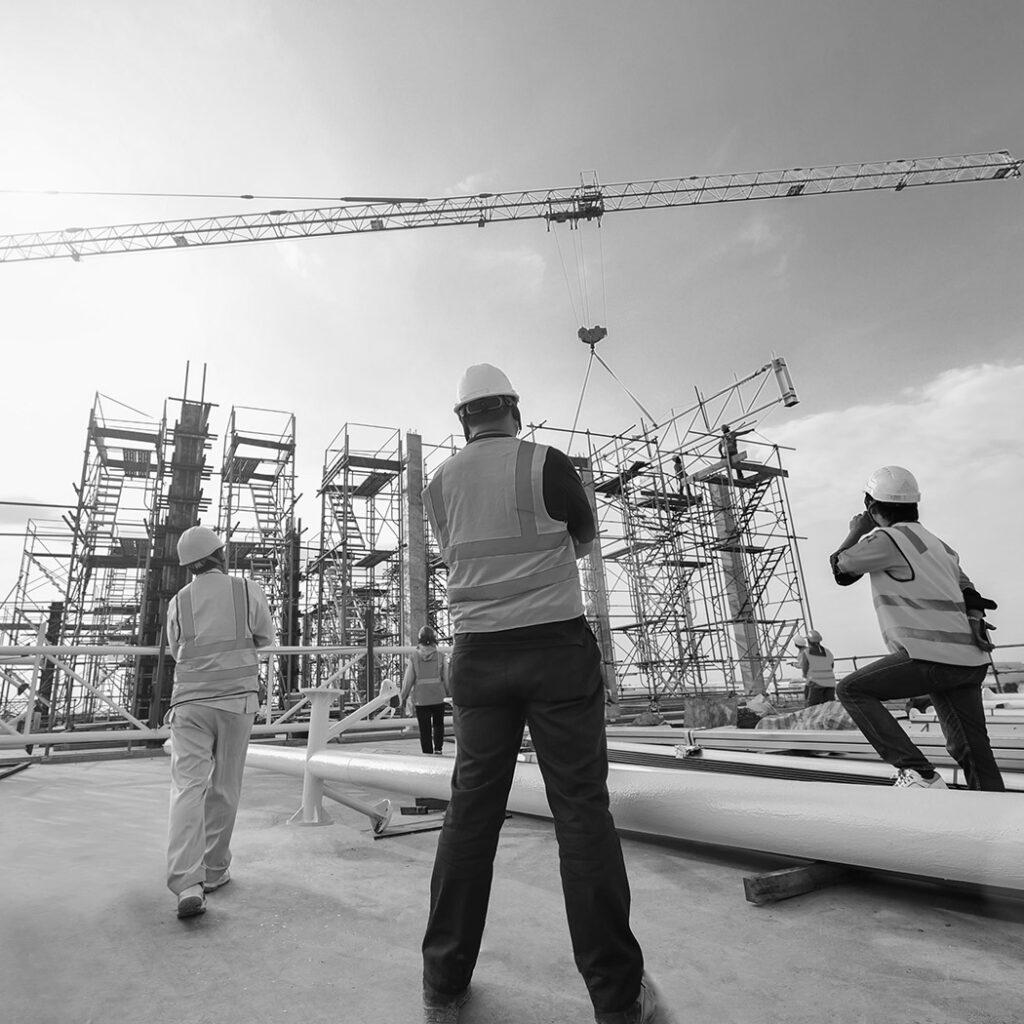
For Developers & Project Managers
Navigate regulatory approvals with ease and optimize construction timelines. Our insights streamline approvals and enhance high-rise and urban development performance.
✔ Proven track record of assisting development approvals
✔ Wind tunnel & CFD hybrid approach for accuracy and compliance
✔ Optimized wind energy studies for sustainable designs
Our services
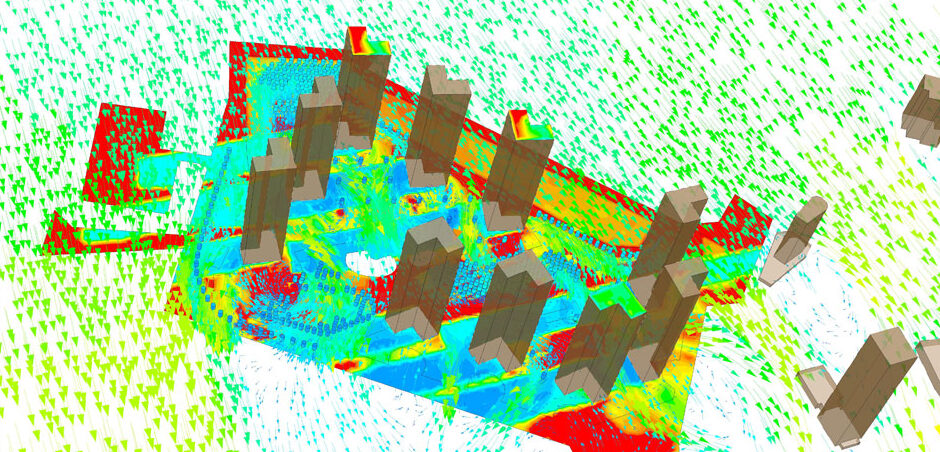
Computational Fluid Dynamics (CFD) & Advanced Analytics
Wind interaction, pollution dispersion, and natural ventilation.
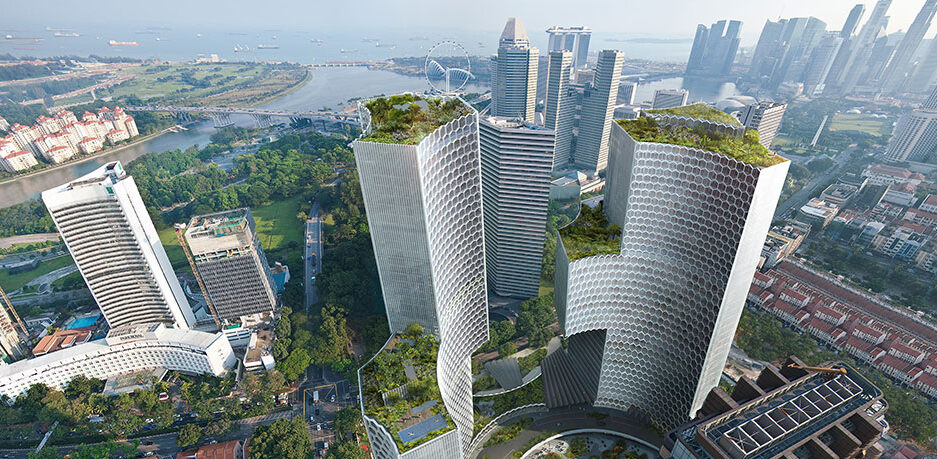
Structural Wind Loads & Cladding Pressures
Assess wind-induced stress and pressure variations.
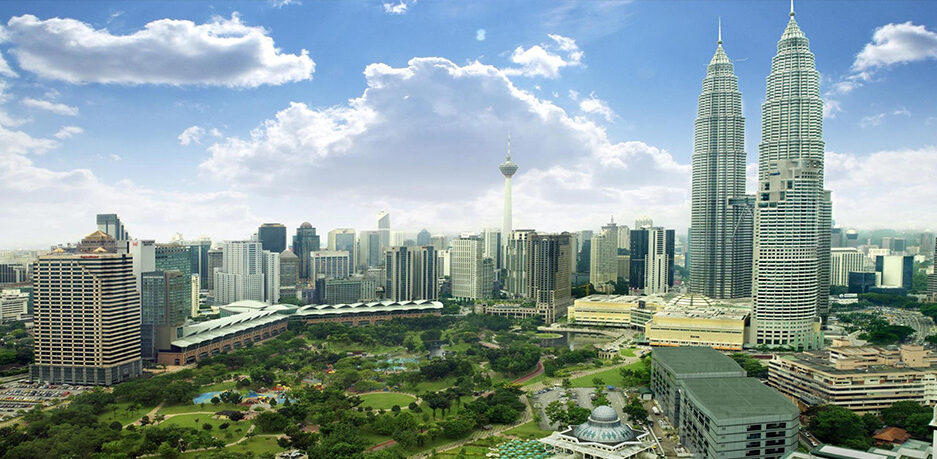
Microclimate & Air Quality Solutions Urban Air Quality Improvement
Enhance urban environments and air pollution control. Managing pollution dispersion in a commercial district.
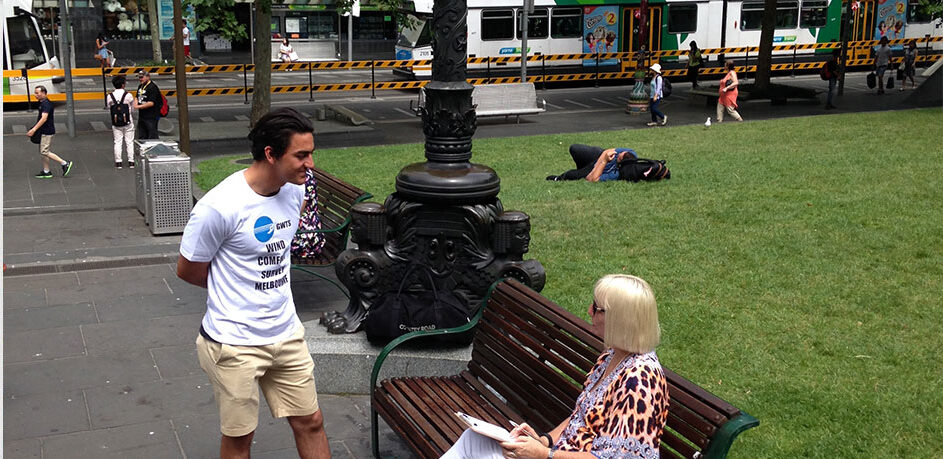
Let’s Build Smarter Together
Your Project. Our Expertise Request a Consultation today.
Call our Melbourne office on:
(+61)03 8905 2762
(+61)0414 766 683
Or email us on: info@gwts.com.au

